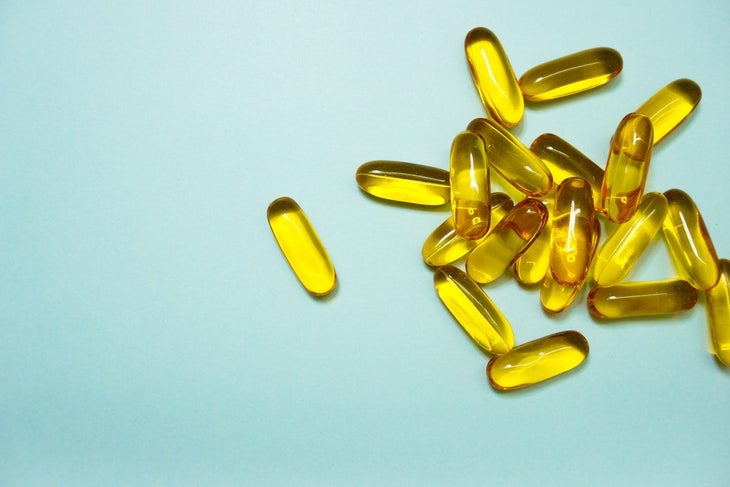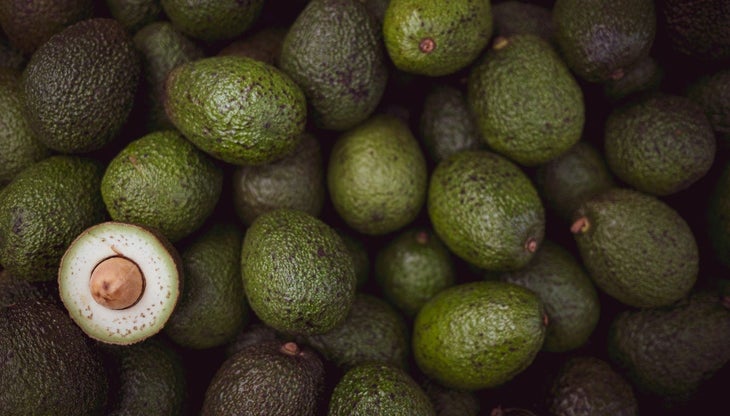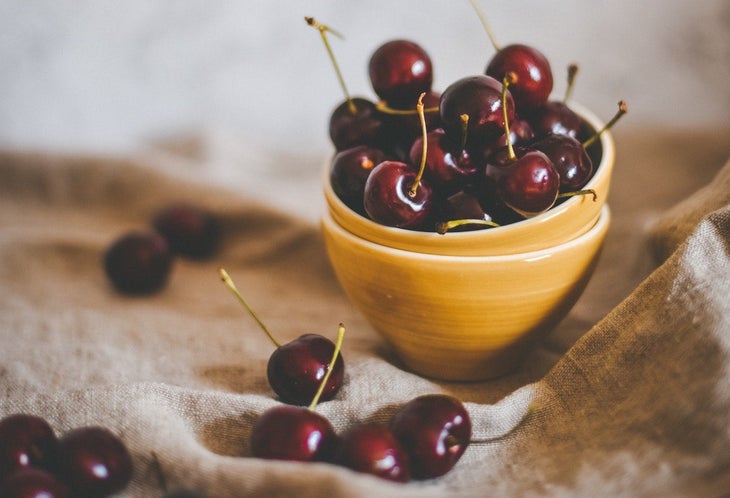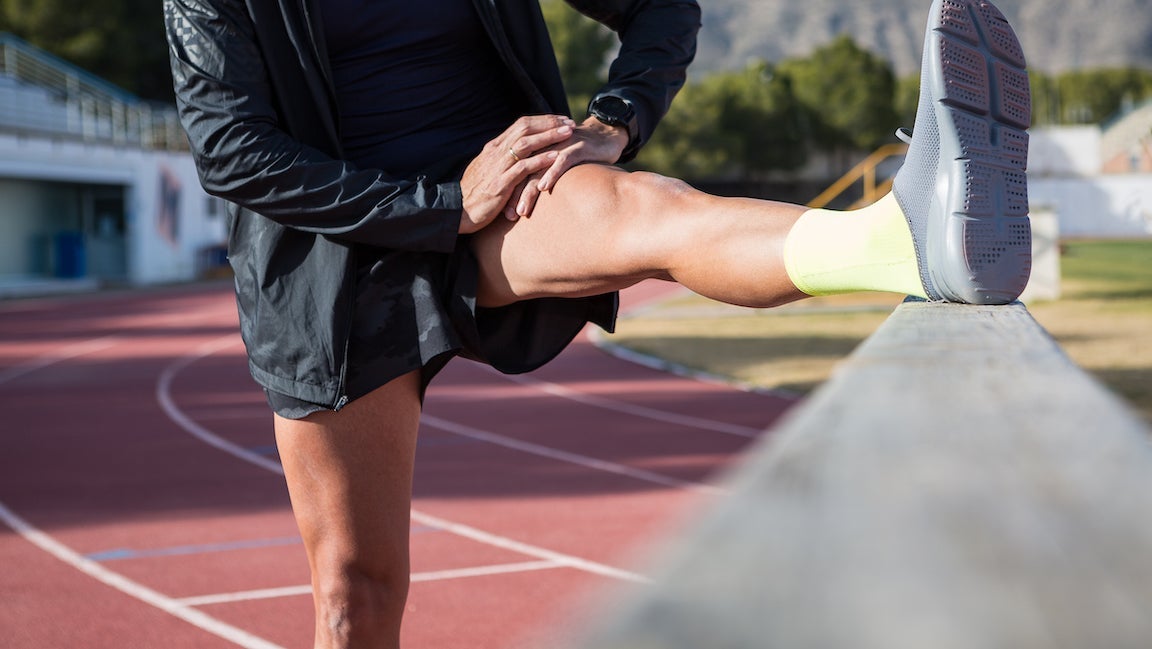Runners are always looking for ways to recover faster, feel better, and perform well the next day. But have you thought about how your diet might affect your muscle soreness?
Anyone that has done a hard or long workout and has woken up a day or two later to extreme muscle soreness (otherwise known as DOMS or delayed onset muscle soreness) can relate. Just getting out of bed can be a challenge, let alone going out for another run. Your nutrition can be a key component to help reduce soreness and get you back quicker in your training and racing.
Eat Enough Calories
If you aren’t getting in enough calories after your run, your body will not have enough nutrients to recover. Sounds simple, but for many, it’s not easy. For many runners after long or hard runs, leptin levels are typically higher (fullness signaling), while ghrelin levels are suppressed (hunger signaling). This may require a runner to come up with a specific post-run fueling strategy that looks different on these training days versus others. Typically, more liquid calories, even if you are not hungry, will be easier to get down. Focusing on soups and smoothies that contain energy-dense foods like avocado, nuts, and seeds can pack a large punch in a small volume. Be sure that you are not restricting carbohydrates or protein, as both work together synergistically to help you replace glycogen stores and repair muscles.
When to Eat After Your Workout
You’ve probably heard about that magical “window of recovery” post-exercise that emphasizes getting food in 30 to 60 min after a workout. What is that “something” exactly, and does it need to be timed perfectly? Simply put, if we want to try and do everything possible to reduce post-exercise muscle soreness, then yes, post-workout nutrition composition and nutrition timing is very important.
Our main concerns post-exercise are stopping additional muscle protein breakdown, repairing the body, and restoring glycogen stores. Post-exercise, a greater rate of muscle glycogen resynthesis is achieved based on the greater rate of sensitivity of muscle to insulin. In fact, choosing simpler carbs (~1.5g/kg bodyweight) in the 30 minutes post-exercise completion can help promote the highest rates of glycogen resynthesis. Regular carb feedings every 2 hours, 4 to 6 hours post-exercise, can ensure that glycogen is replenished properly for back to back higher intensity or longer training days.
Protein and carbohydrate consumption after a workout (not just carbohydrate) has been demonstrated to increase muscle protein synthesis rates, as well as helped increase glycogen resynthesis rates to even higher levels. Higher Branch Chain Amino Acid Sources (BCAA) sources tend to produce the highest rates of muscle protein synthesis and can be found in foods like dairy, meat, beans, and tofu. Having your post-workout nutrition strategy dialed in can help significantly reduce muscle soreness and get you going for your next day of training. A good target is to consume 45-60 grams of carbohydrates with 15-20 grams of protein in the 30-minute window post-workout.
How to Hydrate

While nutrient intake and timing are important, failure to rehydrate post-exercise can also lead to its own host of effects on muscle recovery. Dehydration, even in small amounts, can contribute to reduced power, endurance and strength. A good target for replacement is to replace all fluids lost during activity (which on average is about 16-20 ounces per hour of activity), however, this can be even more accurately dialed in with the use of a sweat test.
Omega-3 Supplementation

Omega-3 fatty acids, like EPA and DHA, are polyunsaturated fatty acids with inflammation balancing properties. While some level of oxidative stress and inflammation are needed for proper training adaptation to occur, it’s when levels become chronic and unchecked that it becomes more harmful than beneficial. In general, studies suggest that there appears to be some sort of beneficial effect with omega-3 supplementation, but duration of use (longer use appears more effective) and EPA/DHA dosage (1.5-2 grams/day) produces a better effect.
Magnesium Rich Foods

If we had to pick one mineral to be king for helping reduce muscle soreness, magnesium would be it. Magnesium itself has a number of particular functions for the endurance athlete, but in relation to muscle soreness, it plays a key role in keeping lactic acid in check, regulates muscle contraction and relaxation, and helps with protein synthesis. The RDA recommendation for magnesium intake is about 420mg/day for men and 320mg/day for women. However, this does not take into account the higher magnesium requirements that endurance athletes may need due to increased usage of energy and loss of magnesium through sweat. First and foremost, focusing on including magnesium rich foods should be a priority before considering supplementation. Magnesium-rich foods include pumpkin seeds, avocado, nuts, beans, rice, and spinach. At this time, research is mixed as to whether magnesium supplementation is necessary, especially for those that are not deficient in it.
Tart Cherry Juice

Tart cherry juice has grown increasingly popular in the endurance community has grown as it has become more well known for its inflammation balancing and muscle soreness reducing properties, which are due to its high concentration of anthocyanins. Research has demonstrated tart cherry juice to be effective at reducing muscle soreness when used at a dosage of 350 mL of Montmorency tart cherry juice per day for 7 days out from a target event or workout, as well as one 350 mL serving day of post target event or workout.
—


